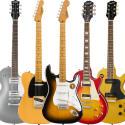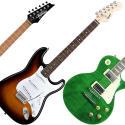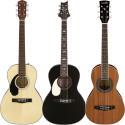Understanding Guitar Scale Length: A Guide for Guitarists
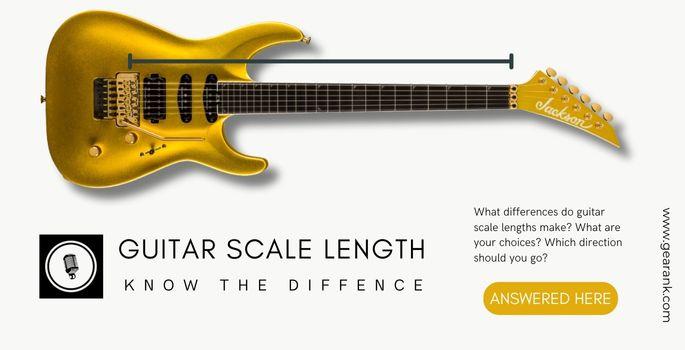
Wondering what a guitar scale length is and how it impacts your playing and tone?
I'll illuminate the questions and discussions surrounding this important guitar specification in this article.
-
Guitar Scale Length Explained
-
Why is Scale Length Important?
-
How to Measure Scale Length
-
Common Scale Lengths
-
Effects of Scale Length
By the end of this article, you'll better understand what scale length is, how to measure it and make adjustments, and how to make the most of the different scale length types.
Guitar Scale Length Explained
Simply put, a guitar's scale length is the string distance between its bridge and nut. It is the measure of the maximum length an open string can freely vibrate.
This measurement is usually done in inches, and is specified clearly by the manufacturer or retailer.
There is no one standard scale length for every guitar, but you'll find that some guitar makers and guitar models stick to one of the common scale lengths, which we will discuss in more detail below.
Why is Scale Length Important?
Understanding scale length will give you a clearer picture of the structure and sound of your guitar.
This know-how will help you choose your next guitar, strings, hardware, pedals, and more. And it will allow you to tweak your rig to better complement your instrument's innate feel and tone.
This information is even more important if you're a beginner or gifting someone their first guitar. The scale length of a guitar is somewhat permanent, so better get it right on the first purchase.
How to Measure Scale Length

To accurately calculate the scale length of your guitar, measure the distance of strings from the nut to the middle of the 12th fret, then multiply it by 2.
Scale length is generally proportional to how long a neck is. This is why small parlor guitars, travel guitars, or kids' guitars often have short-scale length profiles.
If you can't be bothered to measure your guitar, manufacturers provide this information in the specifications of their guitars.
Most guitars fall under short scale or long scale, based on popular guitar models, as listed below.
Common Scale Lengths
Some of the most common scale lengths are 24.75" (short), which you'll find in Gibson Les Paul brands. Another very common scale length is 25.5" (long), used by most Fender Guitars like Strats and Tele's.
Here's a table of the common scale lengths of electric guitars and basses:
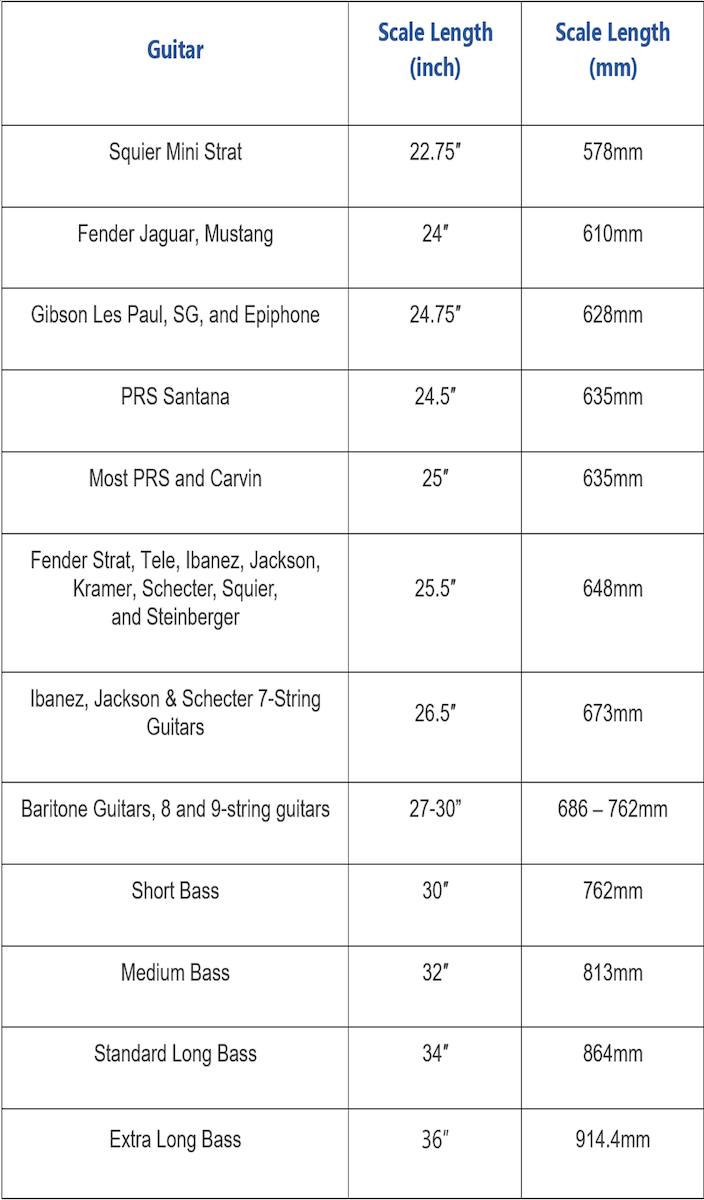
Effects of Scale Length
Guitar scale lengths affect the feel of the guitar more than anything, and it also affects intonation, which in turn affects tone.
I'll illustrate how scale length affects your guitar's playability and sound.
String Tension and Playability
The longer the scale length, the farther the string has to be stretched. This results in increased string tension. So simply put, string tension increases as the scale length increases.
This is why the same gauge strings will feel stiffer on a Fender Stratocaster (25.5") compared to a Gibson Les Paul (24.75"). And this stiffness results in different playing feels.
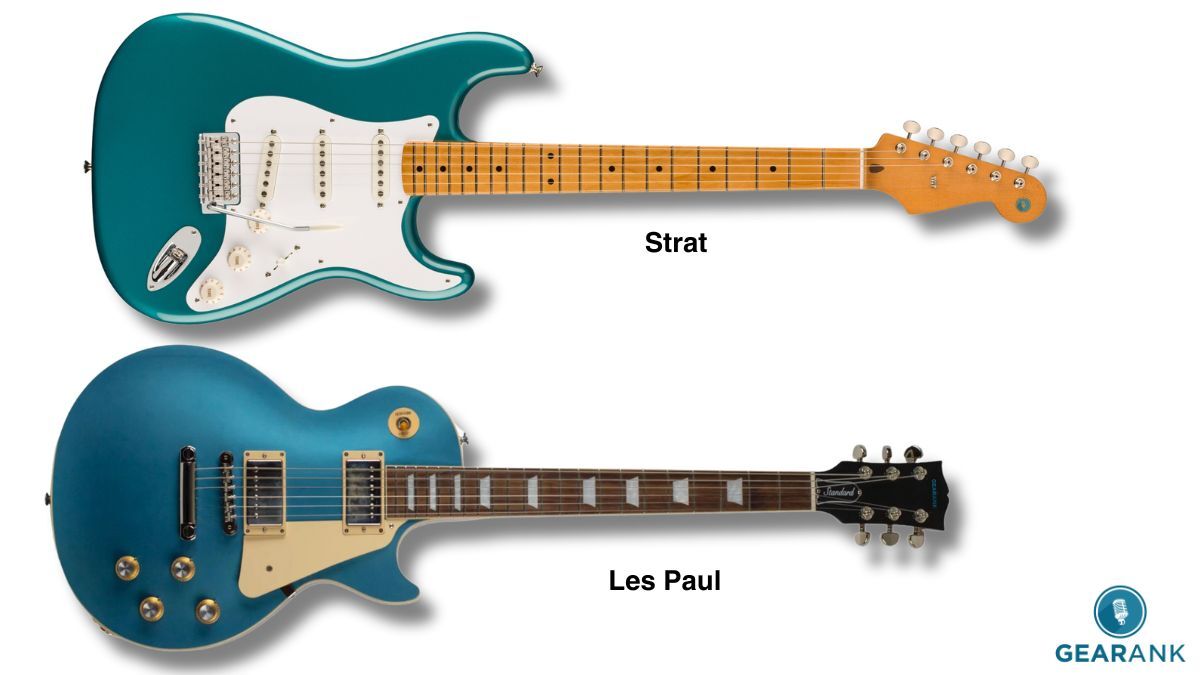
Generally speaking, long-scale guitars require more effort to fret and bend, while short-scale guitars are easier on the hands. This makes short-scale length guitars ideal for younger players and musicians who want a comfortable feeling guitar.
But why not make all guitars short-scale?
Because the stiffer strings of long-scale guitars can handle aggressive playing better, they also feel more tactile, which is ideal for expressive playing. These attributes make long-scale neck appealing to many experienced guitarists, myself included.
Differences in string tension are comparable to playing weighted keys vs lightweight synth keys, although the tension difference is not as big.
Fret Spacing
Fret spacing is another one of the most noticeable differences when comparing scale lengths. A guitar's scale scale length determines its fret spacing.
Shorter-scale guitars will have frets closer together, while longer-scale guitars will have slightly wider fret spacing. And this difference is observable when you put two guitar types side by side.
Ideally, a shorter-scale length guitar will naturally suit smaller hands. This includes young guitarists and students.
But if you have big hands, like Paul Gibert, long-scale guitars will give your fingers more room to play comfortably.
Having hands that don't match the right scale length can be challenging. But many guitar players like Steve Lukather have proven that mismatches can still work. The TOTO guitarist's small hands play some of the best guitar lines on his signature Ernie Ball MusicMan L4 with a 25.5" scale length.
Extended-range guitars (like a baritone guitar) with long scale lengths of 27" and up have even more fret distance. Like baritone guitars, bass guitars are known for having long scale neck setups.
Adjusting Scale Length for Intonation
I mentioned above that scale length is "somewhat" permanent because there is a way to make minor adjustments - by moving the saddle.
Many electric guitars have adjustable saddles, which let you shorten or lengthen the scale for fine-tuning string intonation. Some even have moveable saddle mounting that allows for bigger adjustments but is still limited.
The saddle on an acoustic guitar is not adjustable, but it can be shaved or swapped out for a compensated saddle for intonation and string height issues.
Note that saddle adjustments require tools and experience. So if you're not confident, best bring your guitar to a professional luthier.
Tone
Since scale length impacts string tension, it naturally follows that scale length will have some impact on tone. But whether the impact is subtle or dramatic is up for debate.
Scale length dictates the position of string harmonics, and as such, it affects overtones.
Long-scale guitars like the Fender Strat will have the harmonics further apart, and this helps give them their bright, clear sound.
On the other hand, a short-scale Les Paul will have the harmonics closer together, resulting in warm overtones that are packed closer together.
These sonic differences are worth noting. However, other factors like pick attack, pickups, pedals, and amps will have a more significant impact on your tone. This is why you should tweak your rig to match the unique tonality of your instrument.
String Gauge Relative to Scale Length
As mentioned in one of our articles, string gauge goes hand-in-hand with scale length.
A thick string gauge complements a short-scale guitar. The thicker gauge's extra tension compensates for the shorter-scale length's reduced tension. This prevents floppy feeling strings that can buzz and feel fragile.
Conversely, longer-scale length guitars can benefit from a thinner string gauge. The lighter tension of the thin gauge balances the extra tension applied on the strings by the longer scale length.
There are no hard rules to this, you can mix and match whichever you like, depending on your preference.
Which Scale Length is Best?
No one scale length can satisfy everyone. Each guitar player will have their own playing style, tone, and feel preferences.
Most of the time, your preference will be the scale length of the guitar you are used to playing. Or the specs of your hero's guitar, whose tone you try to emulate.
So your safest pick is to stick with the scale length you're familiar with - but don't get stuck with that one configuration.
You'll better appreciate the variations as you experience the feel and tone of different scale lengths.
This is why there's always room for one more guitar!
Conclusion
Now you have a clearer picture of the scale length that suits you best.
This will make guitar and gear buying decisions easier and allow you to tailor-fit your strings, pedals, and amps to maximize the qualities of your guitar.
This will also inspire you to try out the different neck configurations, which, in the end, will make for a more exciting and diverse guitar-playing experience.
Now, on to answering some of the usual questions about guitar scale length.
Frequently Asked Questions
What is a Multiscale Guitar?
Multiscale guitar, aka fanned fret guitar, employs a more accurate scale for each string. So, for each of the strings on a six-string guitar, you'll have six (6) different scale lengths.
It gives longer lengths on the lower strings while shorter ones on the higher strings. To compensate for these different scale lengths, the frets of a multiscale guitar will be tilted or "fanned."
This results in increased intonation accuracy. Fanned frets are usually paired with a neck through body design for a smoother transition on the upper frets.
Are Short-Scale Guitars Easier to Play?
Shorter-scale length guitars have lesser tension than their long-scale counterparts. This lack of tension allows more string movement, making it easier to fret or bend.
Also, its fret's width is closer, which is perfect for a beginner's hands. Even experienced guitarists appreciate the easier feel of short-scale guitars, which is why short-scale parlor guitars and electric guitars have become popular grab-and-go couch instruments.
Advantage of a Longer-Scale Length
With a longer-scale guitar, you can have great clarity in your sound, even in the low ends. Its longer scale will increase the tension on the strings, making it less prone to fret buzz.
The strings are tighter, making them more stable and friendly to dynamic playing.
Plus, this scale length best suits you if you have big hands. Not only can you move quickly on a longer scale, but you'll also benefit from more spaced-out frets.
Contributors:
Jerome Arcon - Co-writer
Jerry Borillo - Illustrations




